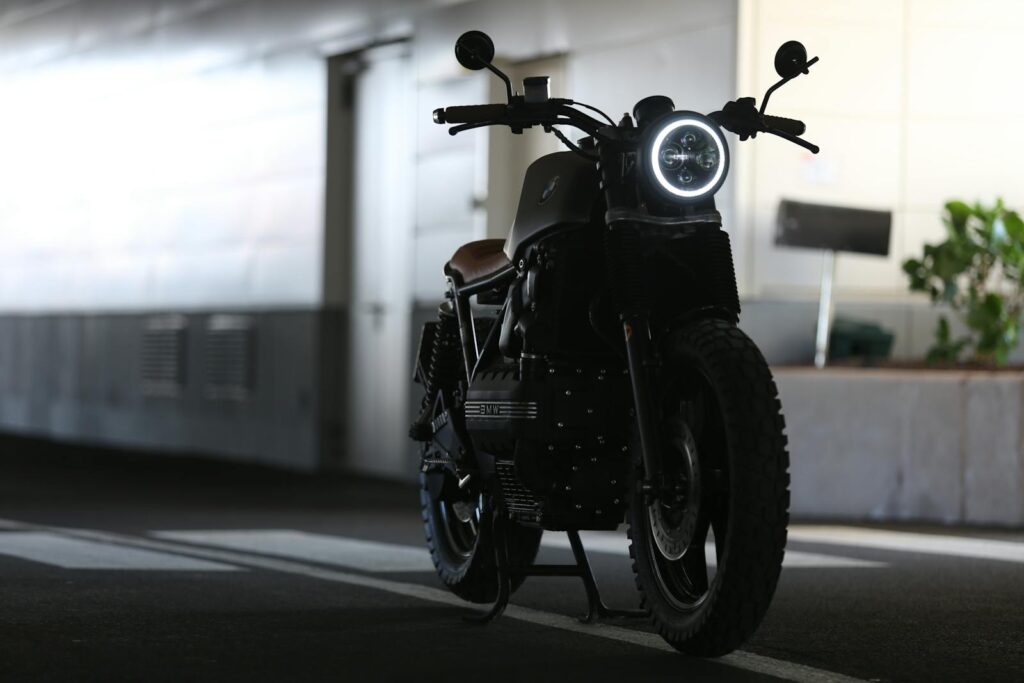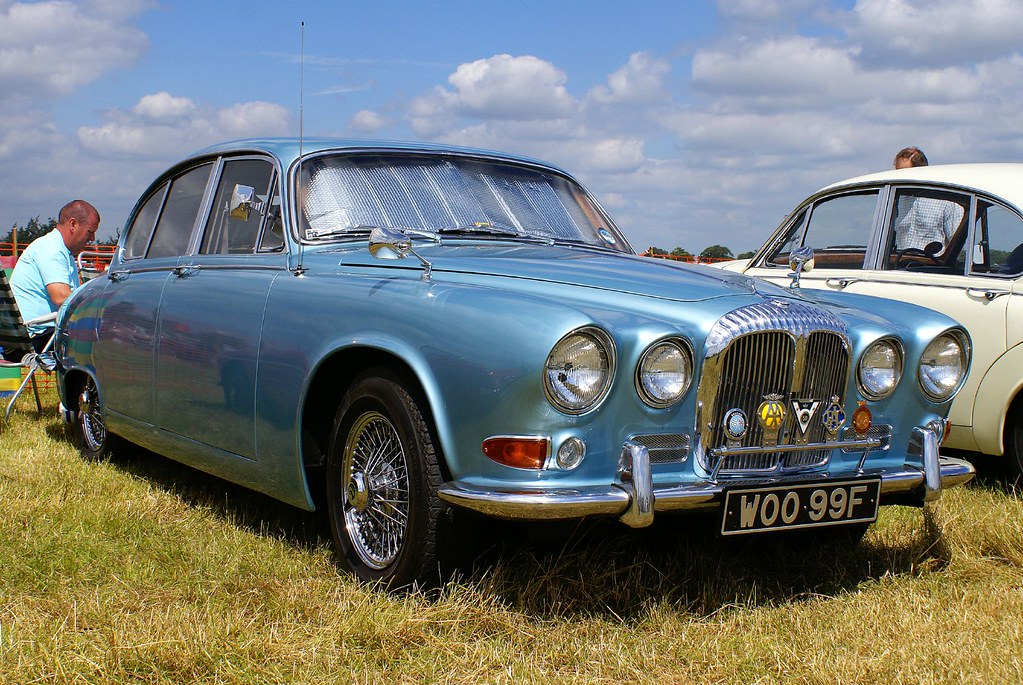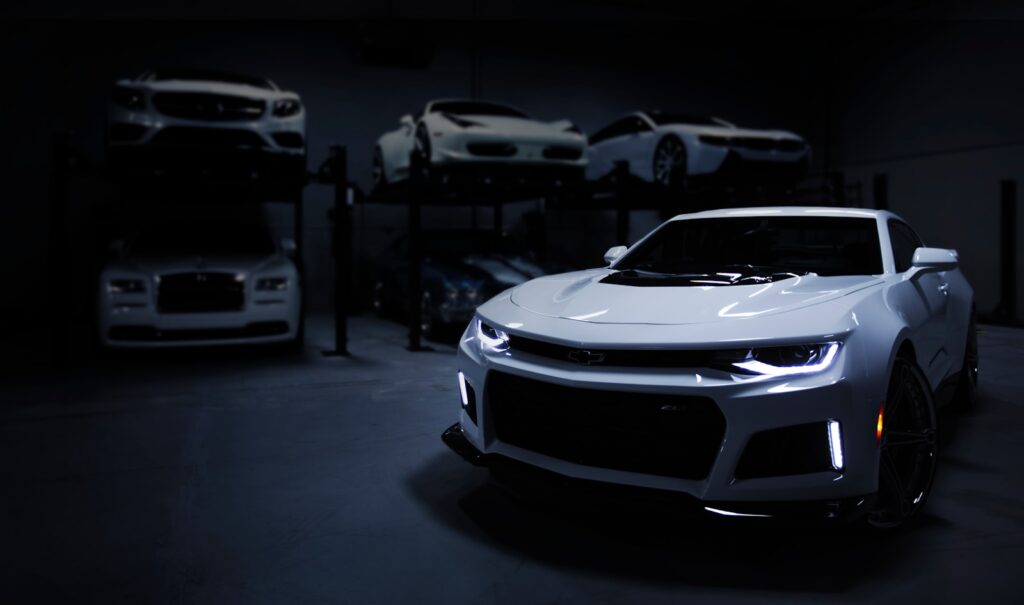
In the automotive world, the allure of a new vehicle can often overshadow the practical realities of ownership. Many cars roll off the production line with promising designs and impressive specifications, only to fall short of expectations once they hit the road. This disconnect between hype and reality can lead to one of the most frustrating experiences for any consumer: buyer’s remorse.
Given the significant financial investment involved in purchasing a new or used car today, making an informed decision is paramount. Relying solely on a vehicle’s exterior aesthetics or advertised features can pave the way for long-term dissatisfaction. Learning from the experiences—and mistakes—of other vehicle owners provides a crucial safeguard, helping prospective buyers steer clear of potential automotive pitfalls.
This in-depth guide is dedicated to shedding light on vehicles that have consistently left their owners wishing for a do-over. We delve into the specifics of what went wrong for these models, from persistent mechanical issues to design shortcomings and unexpected costs. Our aim is to equip you with the knowledge needed to avoid these common sources of automotive regret and ensure your next vehicle purchase is a wise one.
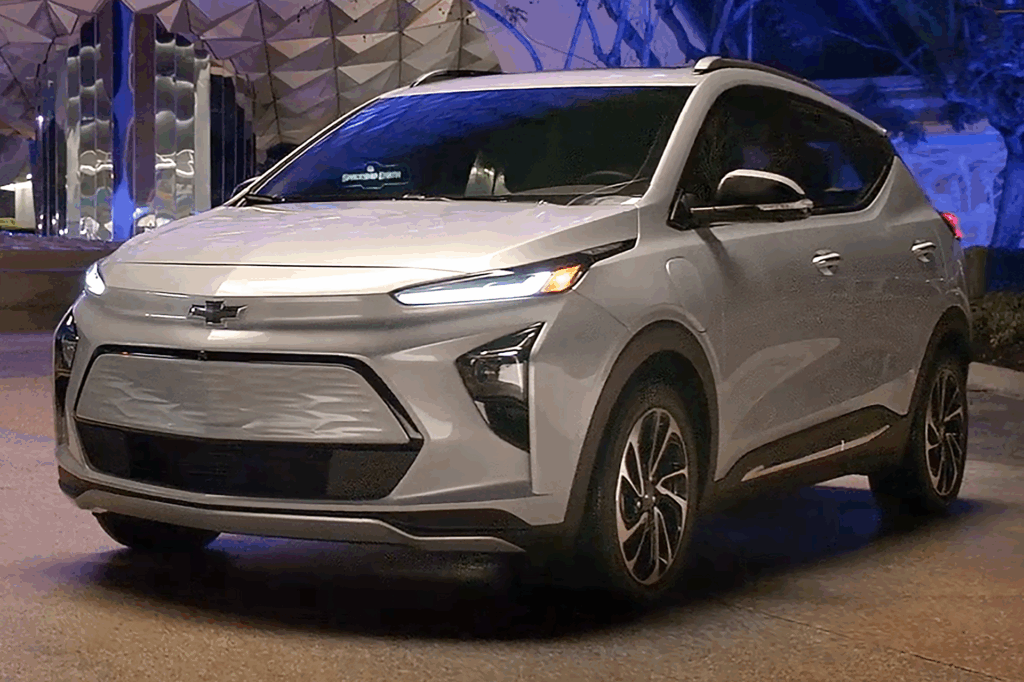
1. **Chevrolet Bolt**: General Motors’ Chevrolet Bolt initially garnered attention for its appealing combination of affordability and a respectable electric range. However, its ownership experience has been significantly marred by a series of persistent problems that quickly eclipsed its initial praise. The most notorious of these issues revolved around critical battery-related fires, leading to extensive recalls in both 2020 and 2021.
These dangerous battery problems originated from lithium-ion batteries manufactured by LG. These components were identified as prone to short-circuiting, overheating, and ultimately igniting into flames, posing a serious safety risk to owners. Such a fundamental flaw in a core electric vehicle component understandably became a major point of contention and regret for many who had invested in the vehicle.
Beyond the severe battery concerns, the Bolt also faced criticism for several aspects related to its driving dynamics and passenger comfort. Owners frequently reported that the ride quality was merely “so-so,” failing to deliver a smooth or engaging experience. Furthermore, the space allocated for rear passengers was often deemed inadequate, and the car’s overall handling characteristics were considered unremarkable, contributing to a less than satisfying daily commute.

2. **Hyundai Kona Electric**: Huyndai has, in recent years, earned a commendable reputation for rolling out innovative and well-received electric vehicles. Yet, even successful manufacturers can produce models that miss the mark, and for Hyundai, the Kona Electric stands out as a regrettable choice for many. This particular EV also shares a concerning part of its history with the Chevrolet Bolt: battery fires and subsequent recalls.
Huyndai initiated worldwide recalls in both 2020 and 2021, mirroring the Bolt’s timeline, specifically to address and mitigate these fire risks. The company’s solution involved replacing defective battery packs in affected electric vehicles, a costly and inconvenient process for owners. This serious safety issue quickly eroded confidence in the vehicle’s long-term reliability and safety.
However, the battery issues, as the context states, were “just the tip of the iceberg.” Many buyers found that their frustrations with the Kona Electric extended beyond the critical power source. While the context doesn’t detail other specific issues for the Kona Electric beyond the battery, the general sentiment of “Buyer beware!” indicates broader underlying problems that contribute to owner dissatisfaction, making it a vehicle many wish they had avoided.
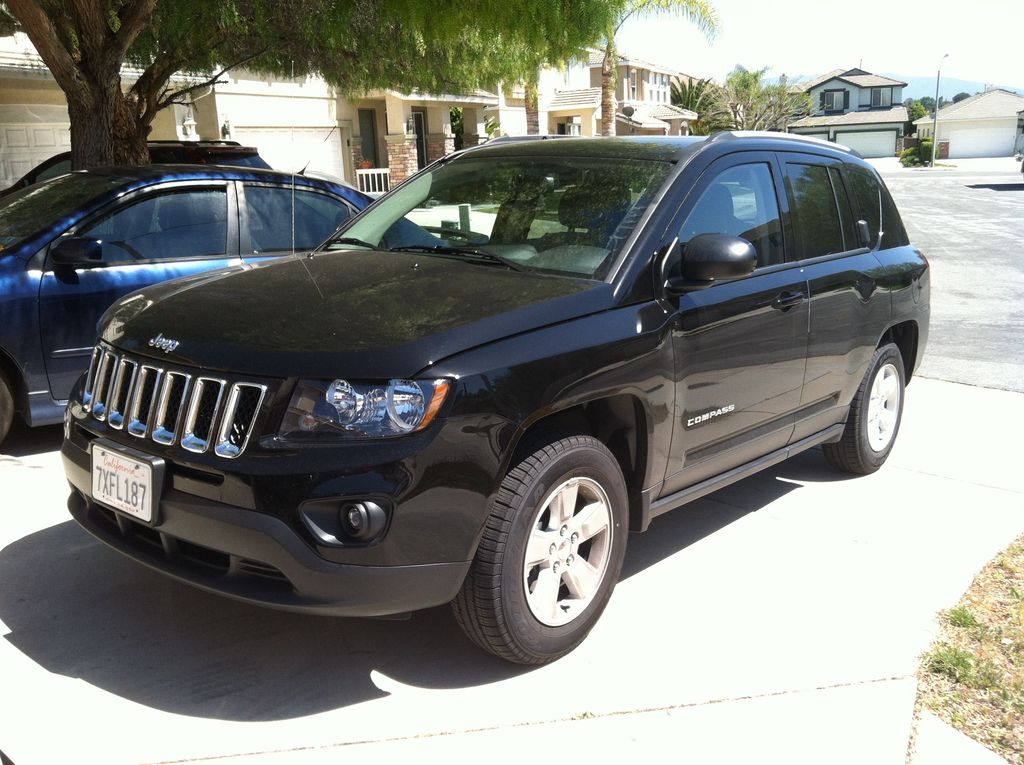
3. **Jeep Compass**: The Jeep Compass, a compact SUV, has been a source of significant frustration across various model years, earning it a clear spot on lists of vehicles owners regret buying. Many drivers seeking the rugged appeal of a Jeep found themselves instead grappling with a host of mechanical and comfort issues that detracted significantly from their ownership experience. It has been described as a “migraine headache on wheels” by some.
One of the most frequently reported complaints among owners centers on the transmission system. Both the continuously variable transmission (CVT) and the 9-speed automatic transmissions were prone to experiencing “herky-jerky shifting” and, in more severe cases, catastrophic failure. Such transmission woes are not only inconvenient but also represent expensive repairs that severely diminish the vehicle’s value proposition.
Beyond the critical transmission problems, the Jeep Compass also exhibited other notable shortcomings. Owners consistently reported “poor engine performance,” which can make daily driving feel sluggish and uninspired. Additionally, issues like “excessive oil consumption” and various “electrical system issues” frequently surfaced, compounding the maintenance headaches and making the Compass a particularly unreliable choice in its segment.

4. **Dodge Dart**: The Dodge Dart entered the market as a compact sedan, but its host of significant problems quickly earned it a reputation for having “full-size car problems.” Owners consistently expressed deep regret over their purchase, citing a wide array of issues that affected nearly every major component of the vehicle, from its powertrain to its basic comfort features. The sheer volume of complaints painted a grim picture of ownership.
According to Consumer Reports, a staggering “around six in 10 buyers say they are not satisfied with the vehicle,” a statistic that powerfully underscores the widespread dissatisfaction. This high rate of regret stems from a combination of transmission failures, persistent engine troubles, and issues with both the suspension and the braking systems. Such pervasive mechanical faults made the Dart a frustrating and costly car to maintain.
Beyond these critical reliability concerns, the Dodge Dart also fell short in terms of basic user experience. Owners frequently complained about “sluggish acceleration,” making the car feel underpowered in everyday driving situations. Furthermore, the difficulty in “finding a comfortable seated position” and the presence of a “poor AC system” further compounded the daily discomfort, solidifying its status as a car many wish they could “unbuy.”

5. **Dodge Grand Caravan**: For many families, the Dodge Grand Caravan holds a unique place in memory as a vehicle used for countless trips and daily errands. However, despite its nostalgic associations, the reality of owning this minivan often proved to be “anything but smooth driving.” The Grand Caravan is frequently cited as a vehicle that leaves owners longing for a different choice due to its pervasive reliability issues, particularly with its transmission.
Transmission failure is a particularly common and debilitating complaint from owners, undermining the vehicle’s primary purpose as a reliable “family, pet, and thing hauler.” Before these transmissions inevitably “go kaput,” they typically exhibit a range of warning signs, including “delayed gear engagement, rough shifting, and slipping.” These issues make for an unpredictable and often unsafe driving experience.
In addition to the critical transmission problems, owners also voiced numerous complaints about the Grand Caravan’s “electrical system problems” and “heavy oil consumption,” adding to the list of expensive and inconvenient repairs. Moreover, the vehicle was criticized for its “uncomfortable second-row seats,” a “horrible sound system,” and “cheap upholstery” that struggled to withstand even “mild wear and tear,” ultimately making it a purchase many wished they could “rewind time and have a do-over.”
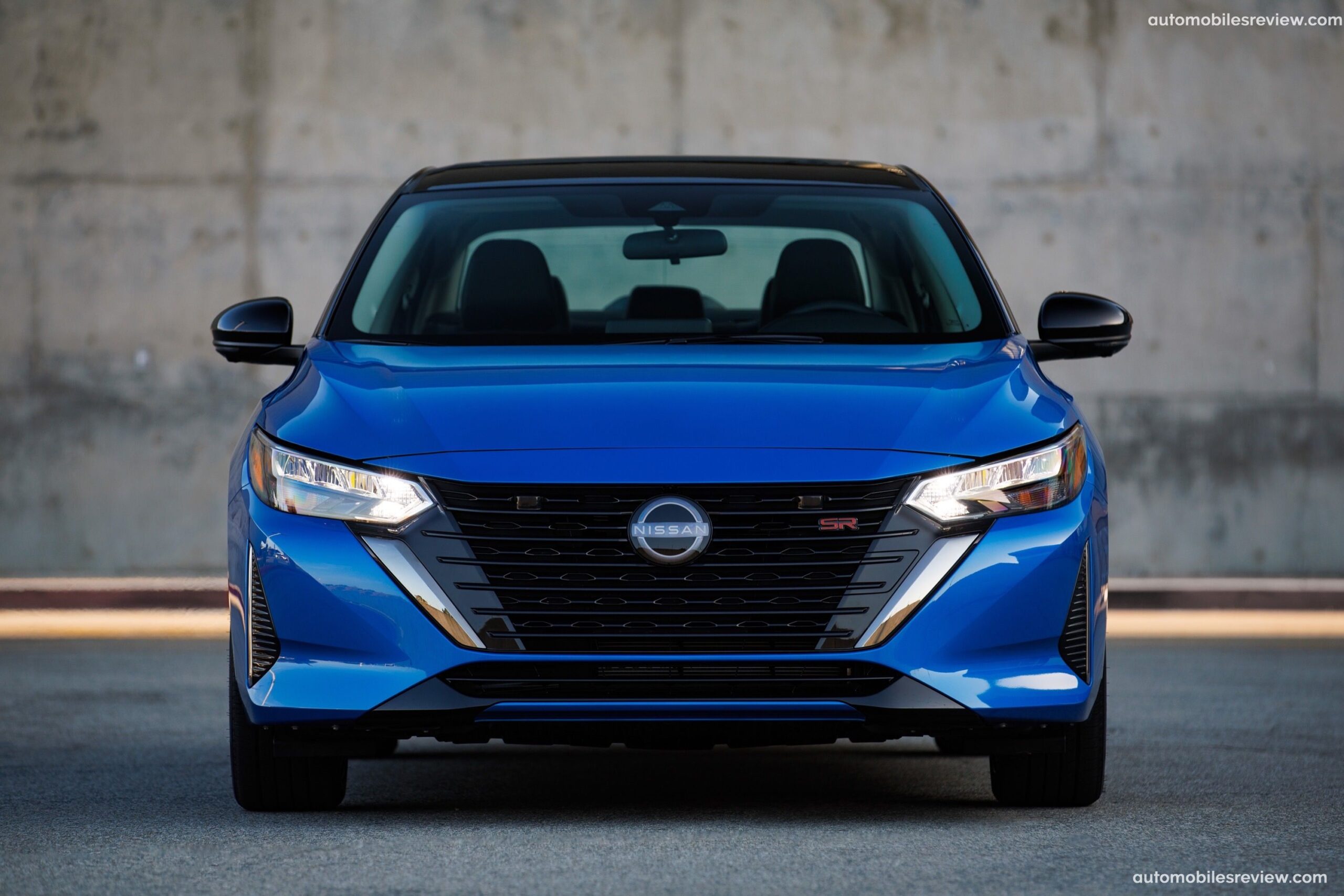
6. **Nissan Sentra**: While the Nissan Sentra has seen various model years, with some undoubtedly offering a more positive experience, certain iterations from 2013 to 2019 are consistently highlighted as particularly problematic and best avoided. A major culprit behind owner dissatisfaction during these years was the infamous continuously variable transmission (CVT), which proved to be a persistent “thorn in the side of many Sentra owners.”
Problems associated with the CVT in these Sentra models included “overheating, jerky acceleration, and shuddering,” significantly detracting from the driving experience. This specific type of transmission, while designed for efficiency, often manifested as a major liability, leading to costly repairs and a general feeling of unreliability. Its inconsistent performance made daily driving unpredictable and frustrating.
Beyond the extensive CVT issues, the Nissan Sentra also faced a “laundry list of issues” that impacted its overall dependability. These included “engine stalling,” which is a serious safety concern, and numerous recalls linked to essential safety components like “airbags, seatbelts, brakes, and more.” Such widespread problems transformed what should be a utilitarian vehicle into a source of ongoing worry and expense for its owners, making it a car that is “serviceable at best” and not “remarkable.”
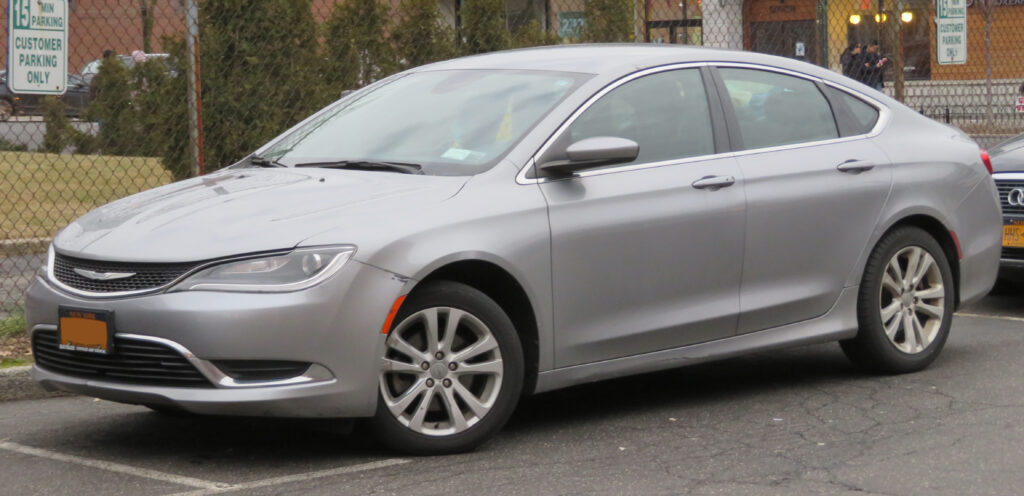
7. **Chrysler 200**: Manufactured between 2011 and 2017, the Chrysler 200 is frequently listed among vehicles that have left owners with significant buyer’s remorse. The car suffered from numerous reliability issues, with specific model years proving to be particularly problematic. Owners of the 2015, 2016, and 2017 models, in particular, found the 9-speed automatic transmission to be a source of persistent trouble, often leading to severe transmission failure.
The transmission issues were just “for starters” as the vehicle also contended with “engine performance problems,” which impacted its overall driveability and long-term reliability. Such fundamental mechanical flaws indicate a lack of robust engineering, translating into unexpected repair costs and frequent trips to the service center for owners. These issues collectively undermined the basic expectation of a dependable daily driver.
Furthermore, the Chrysler 200 was criticized for elements that affected the overall driving experience, extending beyond just major mechanical faults. Owners noted its “clumsy handling” and that its “base four-cylinder engine make this car feel severely outdated.” Complaints also included “too much road noise,” a “rough ride,” and issues with “cruise control” being “less than reliable.” These quality-of-life problems solidified its position as a car many regretted purchasing, proving that even minor annoyances can contribute significantly to buyer’s remorse when compounded.
Continuing our journey through the automotive landscape of regret, we now turn our attention to seven additional vehicles that have consistently left their owners wishing for a do-over. These models, spanning various segments from sedans to trucks, highlight how even popular brands can sometimes miss the mark, delivering experiences that fall far short of consumer expectations. From persistent mechanical headaches to uncomfortable design choices, these cars illustrate the critical importance of looking beyond initial appeal and digging into real-world ownership experiences before making a significant investment.
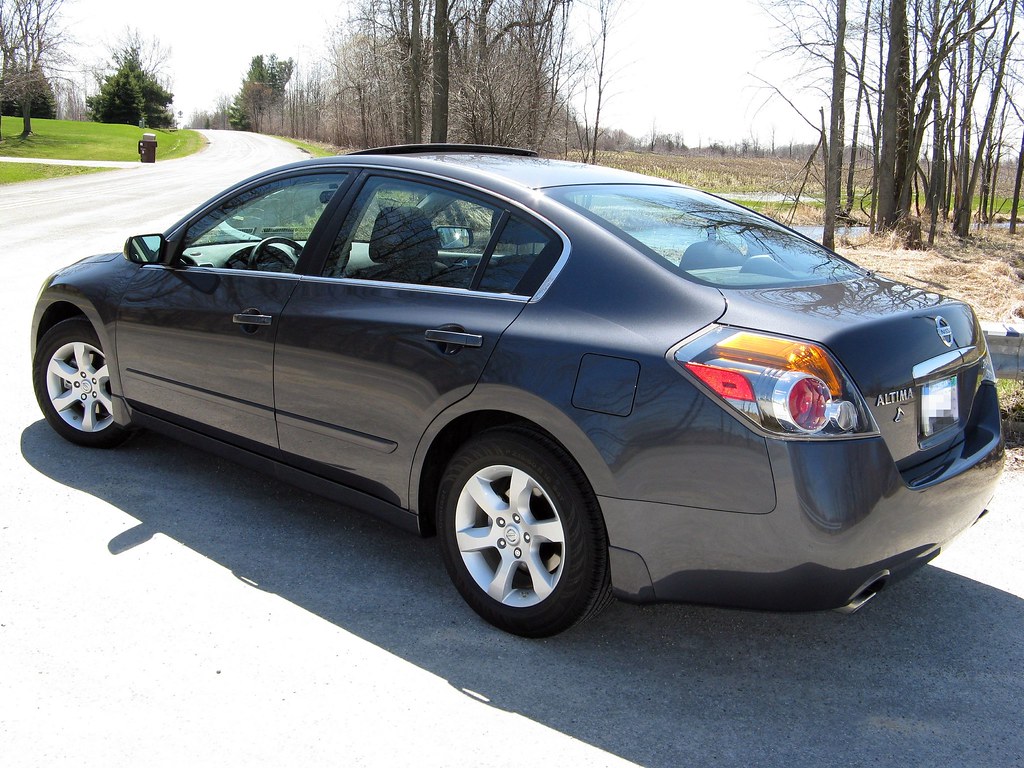
8. **Nissan Altima**: The Nissan Altima, often seen as a staple in the mid-size sedan market, has unfortunately become another car frequently cited by owners who wish they could turn back time on their purchase. A significant portion of this dissatisfaction stems from its continuously variable transmission (CVT), particularly in model years ranging from 2013 to 2019. These specific years are notorious for bringing a host of transmission-related issues that severely impact the driving experience and the vehicle’s long-term reliability.
Beyond the problematic CVT, which often manifests as a droning noise during acceleration that many drivers find irritating, the Altima has faced other critical mechanical and operational challenges. Owners have reported concerns with the steering system, which can sometimes feel unresponsive or imprecise. Furthermore, issues such as excessive oil consumption and persistent oil leaks have added to the maintenance burden and financial strain for many Altima drivers, diminishing confidence in the vehicle’s durability.
Performance-wise, the Altima has also drawn criticism, particularly concerning its braking capabilities. Testing has consistently shown that the Altima’s braking performance underperforms compared to many of its competitors, requiring longer stopping distances. Compounding these functional setbacks, the infotainment system often feels dated and can be unresponsive, further detracting from the modern driving experience that consumers expect. The presence of sensor malfunctions and non-responsive ignitions, along with a frequently faulty AC system, collectively contribute to a frustrating daily commute and a pervasive sense of buyer’s remorse, underscoring that even seemingly minor annoyances can severely impact overall satisfaction.
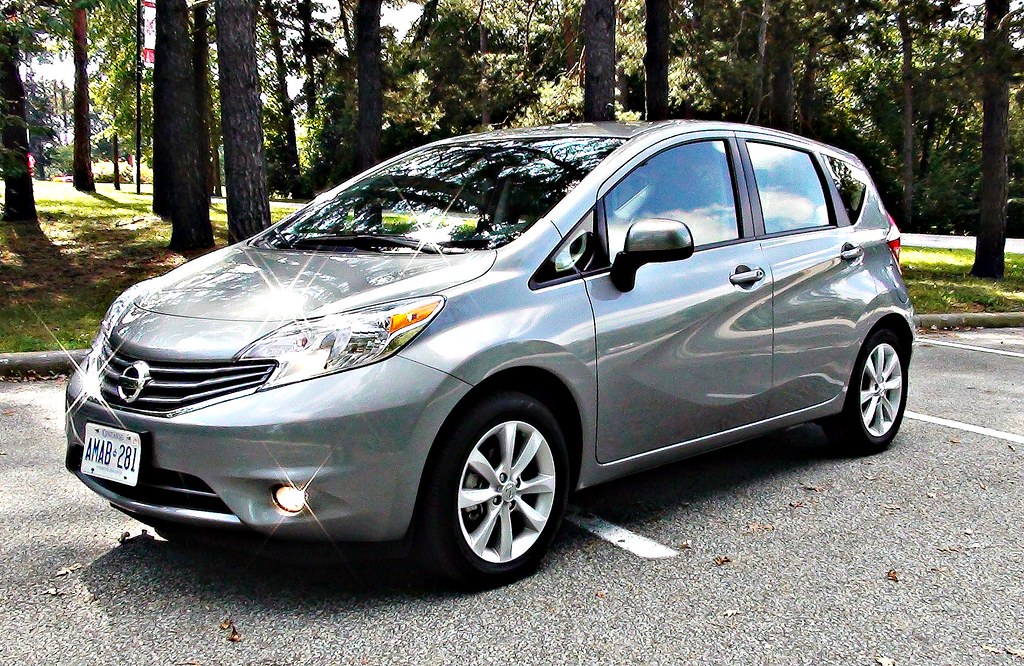
9. **Nissan Versa Note**: For those drawn to the Nissan Versa Note’s undeniably super-cheap price tag, the reality of ownership often quickly reveals that its low cost unfortunately mirrors its quality level. This small hatchback, while accessible, has frustrated many owners to no end due to a combination of performance deficiencies and significant comfort compromises. The adage “you get what you pay for” often rings true for the Versa Note, as its initial affordability rarely translates into a satisfying long-term ownership experience.
A primary source of buyer’s remorse for the Versa Note lies, once again, with Nissan’s frequently criticized continuously variable transmission (CVT). This transmission type, intended for efficiency, often leads to an uninspiring and sometimes unpredictable driving feel. Compounding this, the vehicle’s anemic acceleration from its 1.6-liter 4-cylinder engine leaves drivers feeling underpowered, especially when attempting to merge onto highways or accelerate quickly in traffic. This lack of responsiveness can transform routine driving into a surprisingly stressful affair.
Interior comfort and refinement are additional significant drawbacks that owners consistently highlight. The Versa Note is often described as feeling too small, with uncomfortable seats that make longer journeys particularly unpleasant. Furthermore, the cabin suffers from what many describe as “horrible road noise,” making conversations difficult and adding to driver fatigue on even short trips. These interior shortcomings collectively undermine the daily usability of the vehicle, reinforcing the feeling that initial savings are quickly offset by ongoing discomfort.
Ultimately, while the Nissan Versa Note offers an attractive entry point for car ownership, the accumulation of its design and performance flaws quickly makes its reasonable price seem too high in retrospect. Owners often find themselves questioning their purchase, realizing that the compromises in ride quality, comfort, and general driving enjoyment far outweigh the initial financial benefit, making it a clear candidate for a vehicle many wish they had avoided.
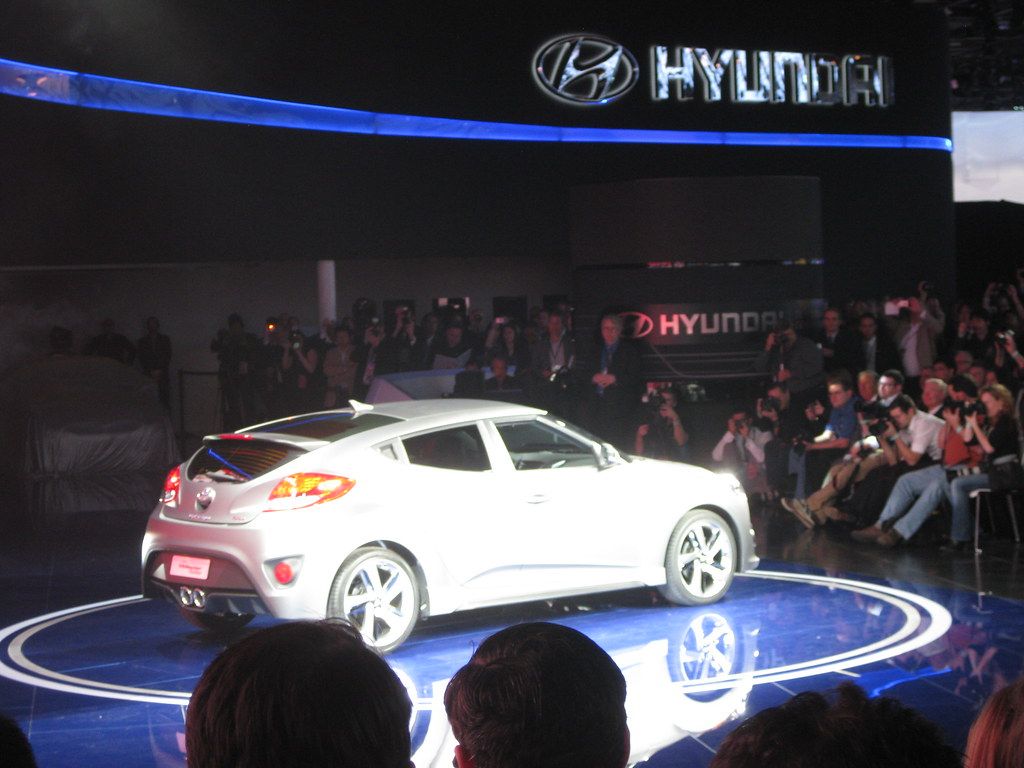
10. **Hyundai Veloster**: The Hyundai Veloster initially captivated buyers with its cool-looking, distinctive three-door styling and the promise of responsive handling, appealing to those seeking a unique and sporty compact car. However, beneath this eye-catching facade, a series of significant and often debilitating problems have made the Veloster a source of considerable regret for many of its owners. The initial allure often fades when confronted with persistent mechanical and practical shortcomings that are simply too hard to ignore.
One of the most concerning issues reported by Veloster owners involves its engine, which in some cases has been prone to critical malfunctions, including catastrophic failure. Such a fundamental flaw in a vehicle’s powertrain represents a major safety and financial headache, often leading to extensive and costly repairs. These engine troubles severely undermine the vehicle’s perceived reliability and long-term value, transforming what was meant to be a fun, sporty car into a significant liability.
The Veloster’s dual-clutch transmission (DCT) has also been a frequent point of contention, contributing significantly to owner dissatisfaction. Drivers have reported a range of issues with this transmission, including noticeable delayed acceleration, a tendency for the gears to slip, and jerky shifts. These problems make for an inconsistent and often unpleasant driving experience, particularly in stop-and-go traffic, eroding the sense of performance and precision that the car’s styling suggests.
Further compounding these critical powertrain problems, the Hyundai Veloster also faces issues related to its suspension and steering systems. These can lead to a less refined ride and compromised handling, further detracting from its sporty image. Moreover, despite its athletic appearance, some owners found the car’s acceleration sluggish, which contradicts its intended design. Practical challenges, such as the difficulty in getting in and out of the car, also contribute to the overall feeling that the Veloster, despite its unique aesthetic, doesn’t quite live up to its promise of a satisfying and engaging ownership experience.
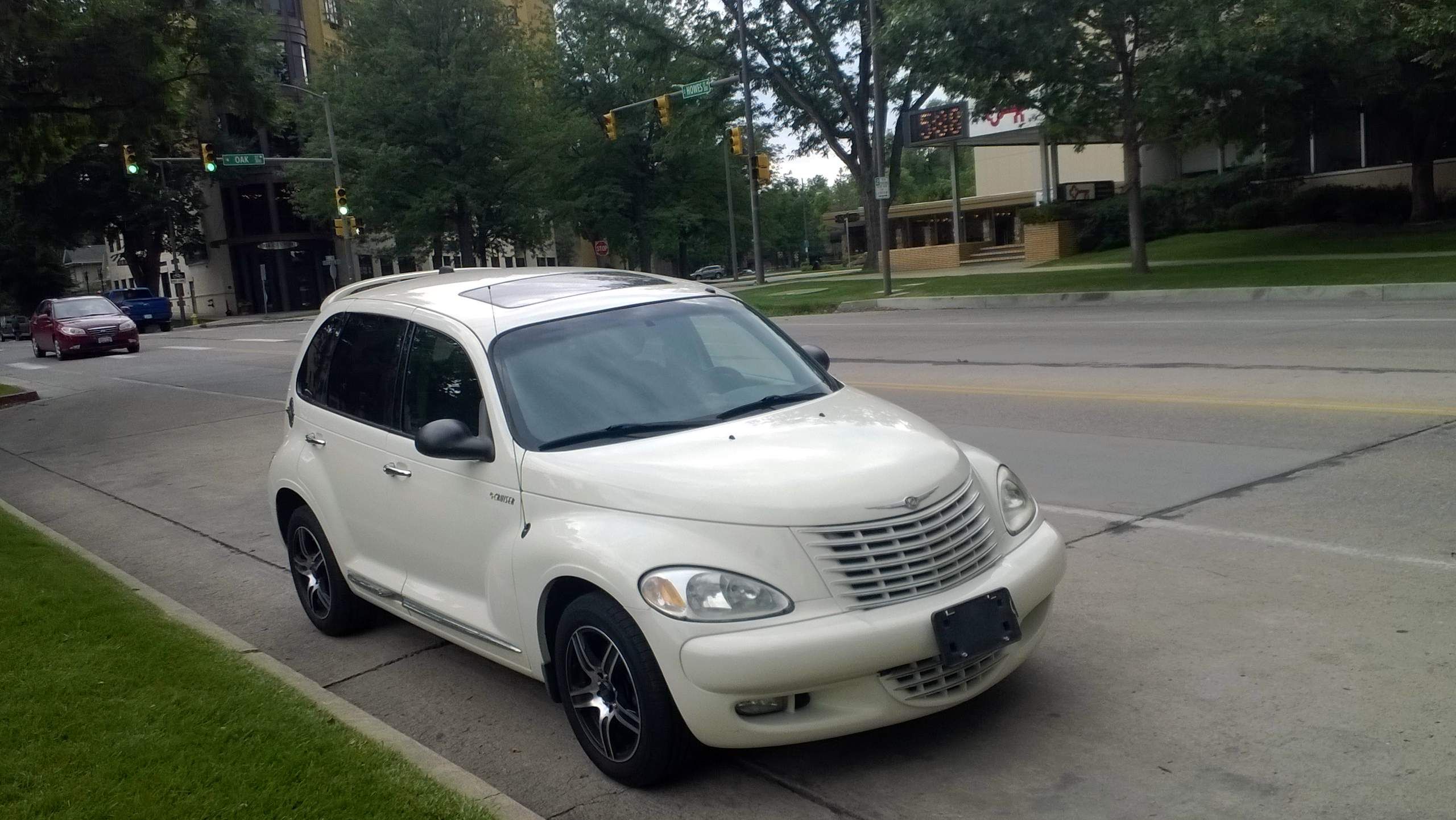
11. **Chrysler PT Cruiser**: The Chrysler PT Cruiser, a compact car known for its distinctive retro styling, often evokes strong opinions, with people either loving or, more commonly, loving to hate its unique aesthetic. Yet, beneath its polarizing exterior, the PT Cruiser harbored a multitude of fundamental mechanical problems that ultimately cemented its place on lists of vehicles owners regret buying. The issues extended far beyond mere visual preferences, deeply impacting the car’s reliability and drivability.
At the forefront of owner complaints were the extensive engine issues that plagued various model years of the PT Cruiser. These problems ranged from frustrating engine stalling and rough idling, which could occur unpredictably, to more severe and costly issues like overheating and critical head gasket failure. Such pervasive and serious engine ailments frequently led to unexpected breakdowns and expensive repairs, undermining the basic expectation of a dependable daily driver and causing significant stress for owners.
Adding to the PT Cruiser’s mechanical woes were persistent problems with its transmission system, which contributed to an unreliable and often unpleasant driving experience. Owners also reported numerous electrical problems, which can manifest in a wide array of unpredictable failures, from malfunctioning accessories to critical system errors. These widespread issues created a constant cycle of maintenance and repair, quickly eroding any goodwill generated by the car’s unique styling.
Collectively, the combination of severe engine troubles, transmission glitches, and electrical system failures made the Chrysler PT Cruiser a particularly frustrating and costly vehicle to own. Despite its memorable, if divisive, looks, the sheer volume and severity of its reliability issues left many owners with a profound sense of regret, solidifying its reputation as a car that was best admired from afar rather than experienced firsthand.
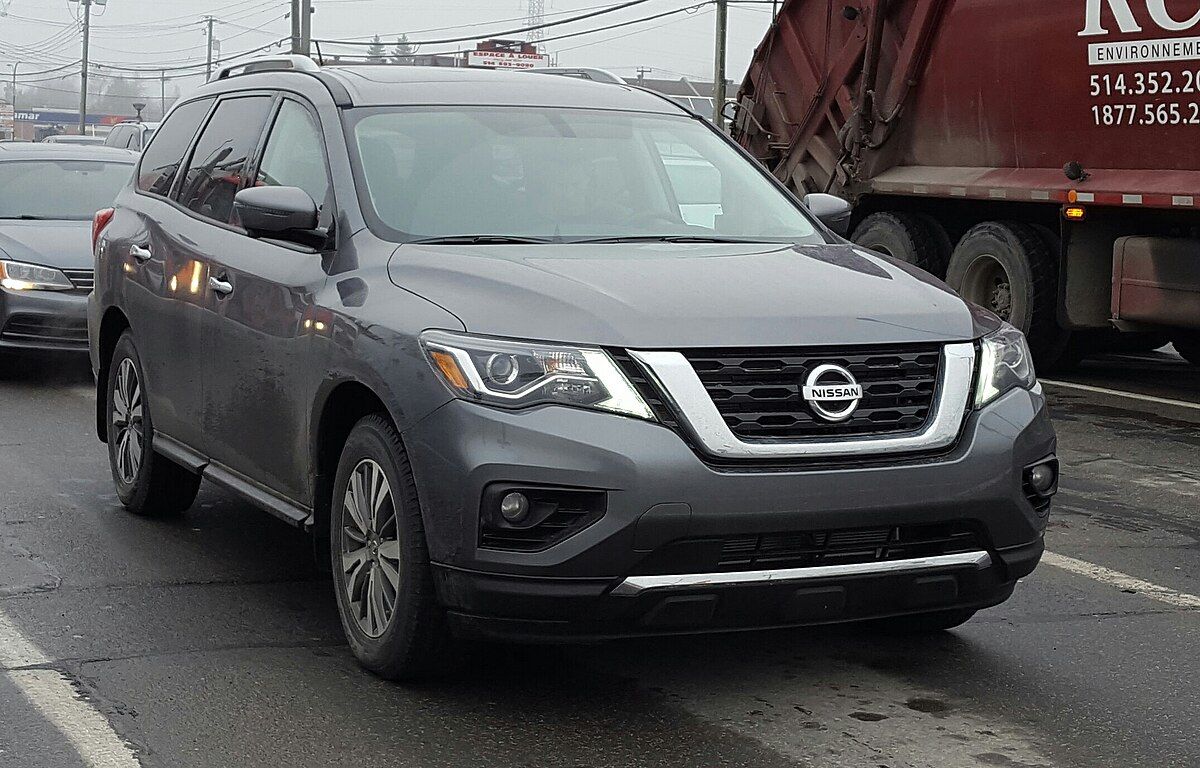
12. **Nissan Pathfinder**: As a popular SUV, the Nissan Pathfinder has historically attracted buyers seeking a family-friendly vehicle with a rugged image. However, certain model years have unfortunately become notorious for persistent problems that leave owners regretting their purchasing decisions. A recurring theme of dissatisfaction centers around the continuously variable transmission (CVT), a component that has been a significant point of contention across multiple Nissan models and proved particularly problematic in the Pathfinder.
Owners of the Nissan Pathfinder equipped with the CVT frequently report a range of frustrating issues, including rough shifting, noticeable shuddering during acceleration, and even instances of the transmission overheating. These problems not only detract significantly from the driving experience but also signal deeper reliability concerns. To the dismay and financial chagrin of some Pathfinder owners, these CVT issues have often escalated to the point where a complete transmission replacement becomes necessary, representing a substantial and unwelcome expense.
Beyond the prominent CVT issues, Pathfinder owners have also voiced numerous complaints about other critical components, including persistent engine issues that affect performance and reliability. Additionally, problems with the fuel system have contributed to a laundry list of concerns, leading to frequent service center visits and unexpected repair bills. These mechanical failings collectively diminish the vehicle’s long-term value and operational dependability, challenging the core expectation of a robust SUV.
Interestingly, some owners have gone so far as to describe the Pathfinder as “boring,” likening it more to a minivan than a traditional SUV. This perception, while seemingly petty, highlights a disconnect between the vehicle’s intended image and its actual driving dynamics. The combination of significant mechanical problems and a less-than-inspiring driving experience means the Nissan Pathfinder, despite its popularity, frequently fails to meet consumer expectations for reliability and engagement, making it a source of significant buyer’s remorse.
In the challenging world of car ownership, where excitement can quickly turn into exasperation, the experiences of these 14 vehicles offer invaluable lessons. Each story of mechanical failure, design flaw, or unmet expectation serves as a potent reminder that the best defense against buyer’s remorse is diligent research and an informed perspective. While a car’s initial appeal or advertised features may be compelling, looking into the real-world experiences of other owners can illuminate potential pitfalls that are otherwise hidden. Understanding these common sources of automotive regret is not just about avoiding bad cars, but about making smarter choices that lead to lasting satisfaction. Your next vehicle purchase should be a source of joy, not a cause for regret, and by heeding these warnings, you’ll be much closer to driving away happy.


